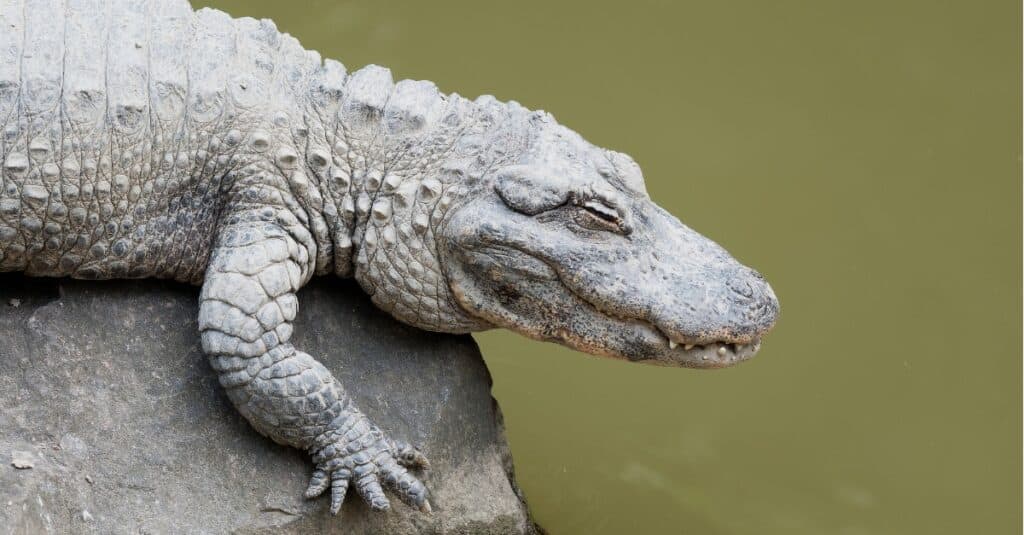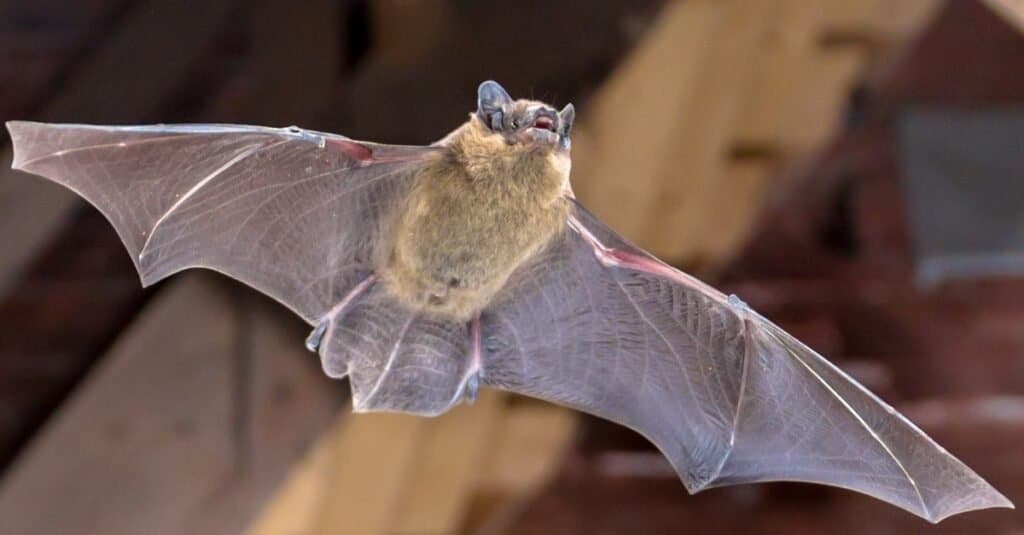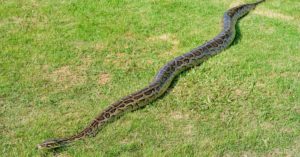We often see documentaries or videos of alligators floating in the water with their eyes and nostrils out, sneakily waiting for prey. Sometimes, these alligators are sleeping or just relaxing and basking under the sun. Yes, alligators sleep, but do they hibernate?
Hibernation is a process we often associate with mammals and other warm-blooded animals. Animals use hibernation as a means of energy conservation to endure bad weather or a shortage of food. It is a type of seasonal heterothermy that most frequently occurs in the winter and is characterized by low body temperature, slow breathing and heartbeat, and low metabolic rate.
But as reptiles, do alligators hibernate? Turtles, lizards, alligators, snakes, and crocodiles are examples of reptiles. Reptiles don’t have gills as amphibians do; they only have lungs, and their scaly, dry skin keeps them from drying out. This article will answer if alligators hibernate or not and explore other interesting gator facts!
Do Alligators Hibernate?

Alligators do not hibernate, but they brumate.
©yanjf/Shutterstock.com
The short answer is no; alligators do not hibernate. They do, however, brumate – a reptilian equivalent of hibernation. Being cold-blooded, alligators must regulate their body temperature through their surroundings. Hibernation is a typical adaptation strategy among warm-blooded animals. On the other hand, alligators brumate, the reptilian version of mammal hibernation.
In the winter, when the temperature falls below 55°F, alligators enter an idle state termed brumation. Unlike in hibernation, alligators can move around and continue to be aware of their environment in this condition. Alligators continue to drink to stay hydrated at this time even if their metabolic rate slows and they stop eating.
Since alligators are reptiles, they cannot migrate. Even though it occasionally appears that they do, they don’t hibernate either. As they spend most of winter in a semi-dormant state, excavating in banks, labyrinths above the ground, or even underwater hideouts, these semi-aquatic reptiles disappear in the cold season. They prepare for winter when the temperature consistently drops below 70°F before entering dormancy.
Hibernation vs. Brumation

Animals like bats hibernate.
©Rudmer Zwerver/Shutterstock.com
Hibernation is probably something you’ve at least heard of, and you know a little bit about how it works. Brumation is less frequent and certainly not as comprehended in the animal kingdom. Both periods of dormancy see physiological processes significantly slowing down in response to low temperatures.
Although closely linked, there are still significant differences between hibernation and brumation, most notably the degree of inactivity. Mammals will enter deep sleep and abstain from eating and drinking during hibernation. Reptiles, however, experience periods of activity during brumation. They don’t eat, but they keep drinking to stay hydrated.
Brumation
The best way to think of brumation is as the ectothermic animal’s version of hibernation. Brumation occurs in reptiles, amphibians, and even some insects, usually when it’s the coldest outside. A change in temperature and a reduction in the availability of their typical food sources cause most animals to enter their brumation phases.
Generally speaking, hibernation lasts longer than brumation. An alligator’s metabolism slows down while it is in brumation, enabling the reptile to go without nourishment and “relax” for four to five months. However, if their bodies become too chilly, they will perish.
Ectothermic animals, also known as “cold-blooded” creatures, rely on their environment to produce body heat and maintain regular basic functions like digestion and respiration. Mammals and birds are endothermic, “warm-blooded” animals that generate body heat due to their other internal activities. Ectothermic species like fish, reptiles, and amphibians must exercise a little more ingenuity and creativity.
Hibernation
Hibernation is essentially a state of dormancy or drastically reduced biological activity. It is a period of energy conservation and survival for some animals, frequently endothermic animals like mammals. This typically happens when their usual food sources are scarce, and the weather is particularly harsh.
Heart rate can decrease by up to 95% in hibernation, and in mammals with constantly growing teeth, such as rodents, tooth growth also ends. Animals that hibernate do not wake up during the winter and continue to sleep deeply even if their den is disrupted or it gets a little warmer outside, and they won’t awaken until spring.
Endothermic animals such as lemurs, rodents, and bats can dramatically lower their body heat and even metabolic activity to conserve energy by deliberately putting their bodies into a state where all they have to do is sleep and breathe.
Many animals that hibernate eat a lot of food before they go dormant to keep themselves fed, an action referred to as hyperphagia. During hibernation, it is typical for animals to lose anywhere from 15% to 30% of their total body weight. This means that refueling beforehand is frequently necessary for survival.
How Do Alligators Brumate?

Alligators typically undergo brumation for four to five months, from late November to late February.
©iStock.com/Maryna Rayimova
Alligators become lethargic, and their metabolic rate decreases when they brumate. They stop eating and dig mud burrows for cover and warmth. Alligators will come out on milder winter days to enjoy the sun. Scutes, bone plates that serve as heat conductors, are noticeable ridges that run the length of an alligator’s back. The blood flowing through the scutes, which are blood arteries, warms as the sun warms the skin’s surface and is then transported throughout the rest of the body, warming the alligator.
An alligator will expand its jaws to release heat if it becomes too heated while basking. Alligators typically undergo brumation for four to five months, from late November to late February. When alligators emerge from their underground lairs, known as “gator holes,” which they effectively create by digging tunnels in the muck, other creatures move in and begin to live there.
As they enjoy sleeping in the sun, gators may be seen lounging on rocks if you take an airboat ride through the Everglades. They primarily eat at night and sleep at various times during the day.
The photo featured at the top of this post is © iStock.com/CoinUp
Thank you for reading! Have some feedback for us? Contact the AZ Animals editorial team.






